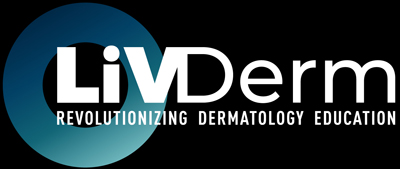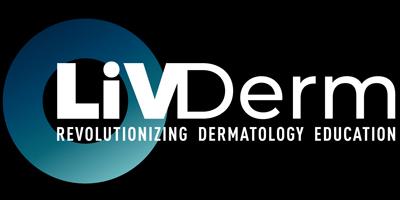At a recent Cleveland Clinic AI Summit, health care leaders painted a picture of artificial intelligence (AI) not as a replacement for clinicians, but as an enhancement, comparing it to the “Iron Man Suit.” This metaphor encapsulates a growing sentiment in medicine: that AI, when thoughtfully integrated, can elevate clinical performance, particularly in time-constrained outpatient environments. For dermatology providers, that possibility is increasingly within reach.
As AI capabilities continue to evolve, their applications in dermatology are shifting from experimental to essential, supporting documentation, diagnosis, triage, and even patient follow-up.
From Burden to Benefit: Reducing Documentation Fatigue
Dermatology, like all outpatient specialties, is burdened by administrative overhead. Providers are spending more time than ever on documentation, often during “pajama hours” well after clinics have closed. AI tools like those developed by Ambience Healthcare are beginning to address this challenge head-on.
According to data presented at the summit, AI platforms currently in use by over 4,000 clinicians have helped reduce charting time by nearly 40%, freeing up capacity for more face-to-face care and improving work-life balance. For dermatologists managing complex patient loads—whether for skin cancer surveillance, chronic inflammatory conditions, or aesthetic consultations—this kind of support could be transformative.
Imagine an AI system that listens to your conversation with the patient, extracts relevant clinical information, and auto-generates an accurate progress note, all while suggesting CPT codes and flagging billing errors in real time. That isn’t a future concept, it’s already being piloted in high-volume practices across the country.
The Vision Ahead: Personalized, Always-On AI Assistants
Looking beyond documentation, AI’s potential in dermatology extends into real-time clinical decision-making. For dermatology, this could mean AI that helps flag atypical lesions during imaging analysis, or algorithms that assist in classifying rare dermatoses in patients of color—an area where diagnostic gaps persist.
It could also mean follow-up automation for isotretinoin patients or psoriasis biologic monitoring, with tools that anticipate lab review needs or send check-in prompts based on disease timelines.
According to Nikhil Buduma, co-founder and chief scientist of Ambience Healthcare, the goal is not to replace the clinician, but to reduce cognitive load and bring “a second set of eyes” into every visit, without interrupting the provider-patient relationship.
AI in Dermatology: What’s Next?
The next frontier for outpatient dermatology will likely include:
- Ambient listening tools that generate documentation while maintaining HIPAA compliance.
- Decision support engines trained on skin of color datasets to reduce diagnostic bias.
- AI-powered triage assistants in teledermatology settings.
- Predictive analytics for chronic dermatologic conditions.
As adoption accelerates, dermatology professionals should engage actively in pilot programs, contribute to dataset refinement, and advocate for tools that prioritize transparency, equity, and safety.
Conclusion: Empowerment, Not Replacement
AI in dermatology is no longer a novelty, it’s becoming infrastructure. Like the Iron Man suit, it’s not meant to replace the clinician, but to empower them. When implemented ethically and intelligently, AI can help dermatologists spend less time typing and more time diagnosing, treating, and connecting with their patients.
As the field moves forward, those who lead the integration of AI will shape not only the efficiency of care, but its equity and quality.
Sources:
















